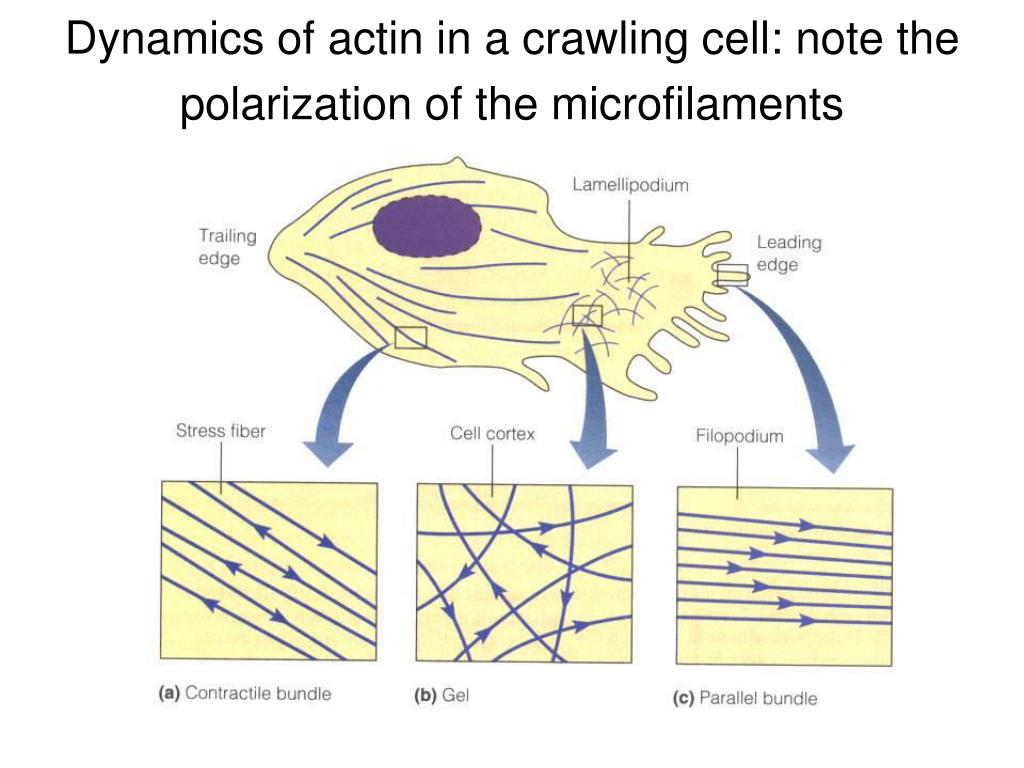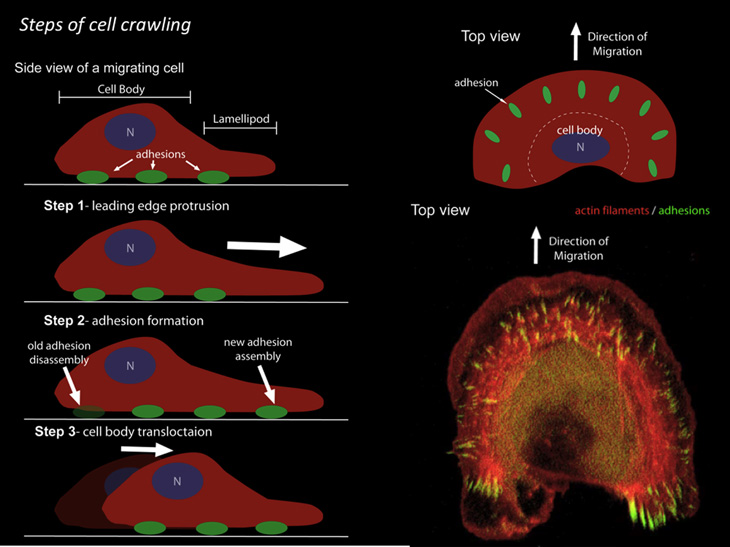

Line of evolution, without much relationship to other Metazoa. These reasons, sponges have traditionaly been considered to be the result of an independent The similarityīetween the choanocytes of sponges and the free-living choanoflagellates has been considered to be stronger than any similarities of sponges to other Metazoa. Of sponges that are at a simpler level than other multicellular animals. To close the osculum, but they are not involved in locomotion. (Bond & Harris, J exp Zool 246:271-284 (1988)) ContractileĬells containing lots of parallel microtubules and microfilaments occur in sponges , just caused by the amoeboid locomotion of cells at the base of the sponge, withoutĪny contractile waves. To be no more advanced than Dictyostelium Some sponges can glide slowly (4 mm/day) over a substrate. Individual amoebae can move at 4-5 mm/day. Seems to be the result of the aggregate amoeboid locomotion of the individual cells. There is no evidence for waves of contraction. The pseudoplasmodium moves by the cooperative action of many amoebae, at speeds What are intermediate organisms, from the standpoint of actin-myosin based locomotion? Types are not represented in the present-day fauna. This approach is limited by the fact that animals that evolve while remaining withinĪ particular ecological niche replace their ancestrial types, so that the ancestrial Examining the morphology of existing organisms

AnimalPhylogeny2 <- Back to first sectionĪpproach #5.


 0 kommentar(er)
0 kommentar(er)
